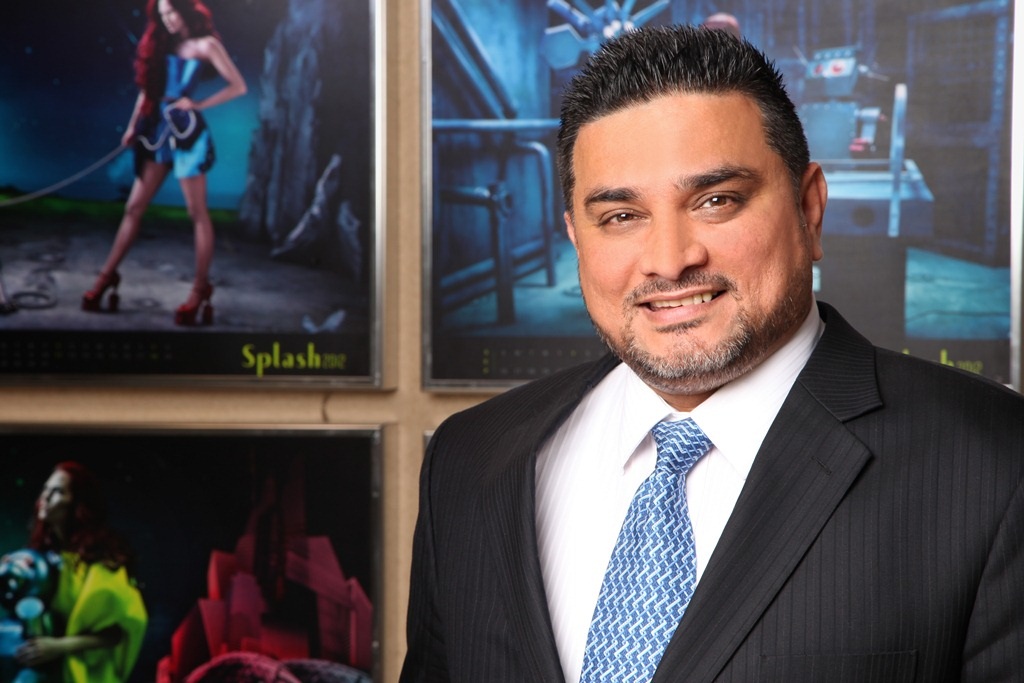Not more than a decade ago, Splash was perceived, at best, as an isolated fashion store. Today, it is a brand that provides affordable fashion clothing to consumers across various demographics.
Belonging to the Landmark Group that operates over 1500 outlets across 26 brands in various retail and hospitality categories, Splash has aggressively made a place for itself as a brand of reckoning.
The Retail Circus requested Raza Beig, CEO Splash and ICONIC, to shed some light on what it takes to plant a seed of a brand and grow it into an oak.
The Retail Circus: What does it take to make a ‘brand’ in terms of actual tangibles and intangibles?
Raza Beig: Perceptions make Brands as they are created in the minds of consumers. The process of what makes a brand is attributed towards both tangible and intangible assets. Tangible assets would include product, store location, store design, and value for money the brand offers.
TRC: What are the stages a brand goes through before it becomes recognized as an international brand?
Raza Beig: Every brand goes through a learning curve as no business gets it right from the first day. Constant change and evolution is necessary for a brand to succeed. Once the fundamentals and core values are defined and understood by the consumer the brand building exercise begins. Great marketing campaigns and word-of-mouth helps build brand imagery that creates a lasting impression in the consumers mind.
TRC: What are the pitfalls to steer clear of while developing a brand?
Raza Beig: Once brands do well they become arrogant and tend to enter into a comfort zone and as they climb the success ladder brands start playing safe by making fewer changes to their portfolio. Not changing fast and adapting to the constant needs of consumers can become a bane for a brand and this is something they need to steer away from.
TRC: How is the positioning of the brand and its product development affected in the evolution of the brand?
Raza Beig: When a business is conceived it goes through various phases of understanding the consumers, the buying patterns, the Region and its seasonality, etc. and many a times decisions taken then might not work. A constant study and analysis, along with listening to the consumer helps in creating the DNA of the business. Once this is understood, the product development process comes into place. In fashion, it usually takes 3 – 7 years and it is important to remember that the product development framework of the brand needs to be firmly in place before that time. Conventionally brand building takes a much longer time but with the recent spike in social media this norm is changing but I still believe it takes 3 to 5 years.
TRC: How do you evaluate the success/know when you have achieved the set targets in creating a brand image?
Raza Beig: You never know because what works well today may change tomorrow. Consumer’s loyalties would work while you are constantly creating and staying on top of the game. Any slip could cost the brand image, especially in today’s world where social media plays a very important role in creating and constantly updating a brand’s impression.
TRC: What are the signs that tell you that a brand is an international property?
Raza Beig: Acceptance in new markets clearly indicates that a brand has got every aspect of the business right and it is there to stay. Marketing yourself well so that you make the right kind of noise internationally and start getting reactions in the form of requests for your brand are some sure shot signs of your brand being internationally known.




